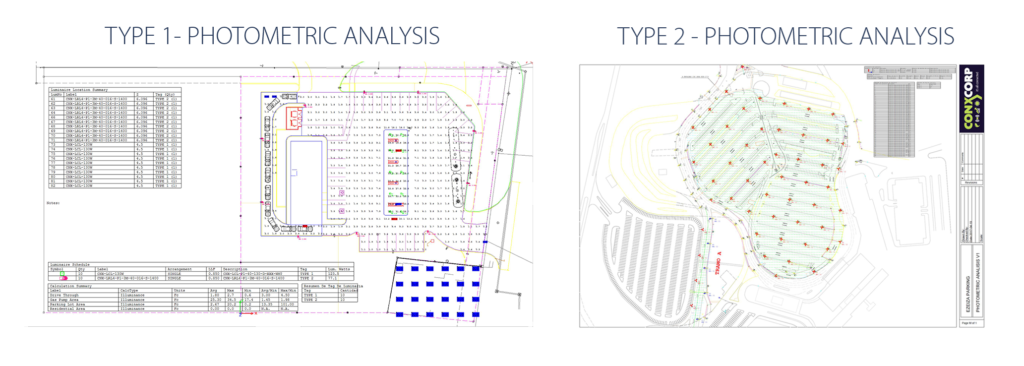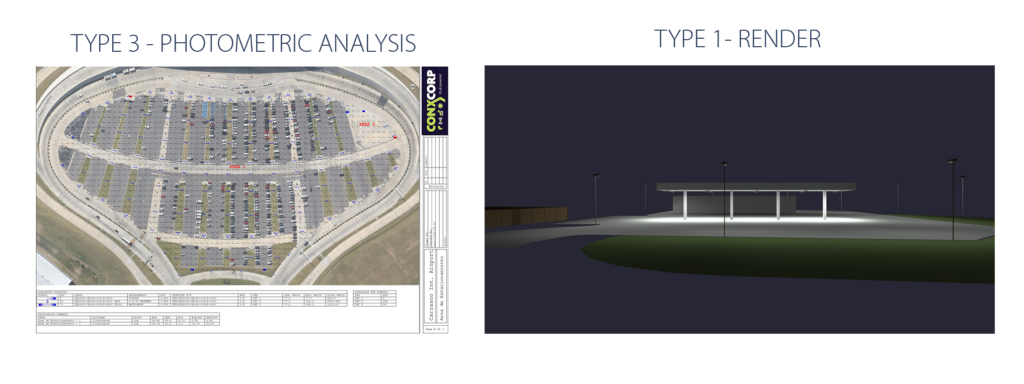 Consulting & Photometric Lighting Design
Consulting & Photometric Lighting Design
Consulting & Photometric Lighting Design Compliance, liability, environmental issues, reliability, costs, business case assurances, are just some of the things that are unintentionally overlooked as a result of poor design, selection and specification writing.
Lighting has a direct effect on how we conduct our daily activities and it influences the environment around us. As a result, evaluating and specifying lighting has become a very complex process. When decision are made without proper understanding, issues arise. The cost and liability associated with these issues can often be overwhelming. Since lighting affects virtually everything we do, it’s important to get it right…the first time.
Thankfully the lighting industry has evolved whereby there are recognized processes and best practices used to determine the viability of lighting for a given environment. This allows a selection and subsequent decision process to be made in an unbiased, subjective manner. Often time’s severe mistakes are made when defining and selecting lighting products. It has become so common, that we’ve put together a simple overview of the top mistakes people make when selecting a luminaire.
Leveraging 3rd party assurances to back important lighting related decisions is mandatory to reduce liability, exposure and to gain assurances for any related business cases.
At CONXCORP we have over 20 years of experience defining lighting environments and delivering real assurances. Allow our professional services team to take the guess work out of complex decisions and define lighting solutions that are relevant for you and your environment.
LIGHTING HAS A DIRECT IMPACT ON:
 BOTTOM LINE
BOTTOM LINE  ENVIRONMENT
ENVIRONMENT  PRODUCTIVITY
PRODUCTIVITY  SAFETY
SAFETY  HEALTH
HEALTH
Key Questions to ask Yourself When Considering any Lighting Design Solution
- Is my objective to design to what’s actually needed or for maximum wattage reduction?
- Am I motivated by lowest price or value?
- Will my lighting solution expose me to liability and lawsuits?
- Is my environment subject to local bylaws (i.e. light trespass/pollution) and will my fixtures need to be removed for non-compliance?
- What assurances do I have that selected fixtures meet exact lighting requirements for each intended space? –
- Would I pay a little more upfront for the right solution or is the lowest cost the main decision driver?
SAMPLE LIGHTING DESIGNS
APPROACH 1: Product Driven “Price” Based
- Buying decision drivers: Spec sheet focused.
- Pricing model: Lowest upfront cost.
- Decision Making Process: Fixture selected based on spec sheets then see how it will work in the intended environment.
- The Result: Implementing a solution that “might” work, versus an engineered approach to lighting design. Frequent replacement, inferior lighting performance and lost opportunities for additional savings, productivity and safety.
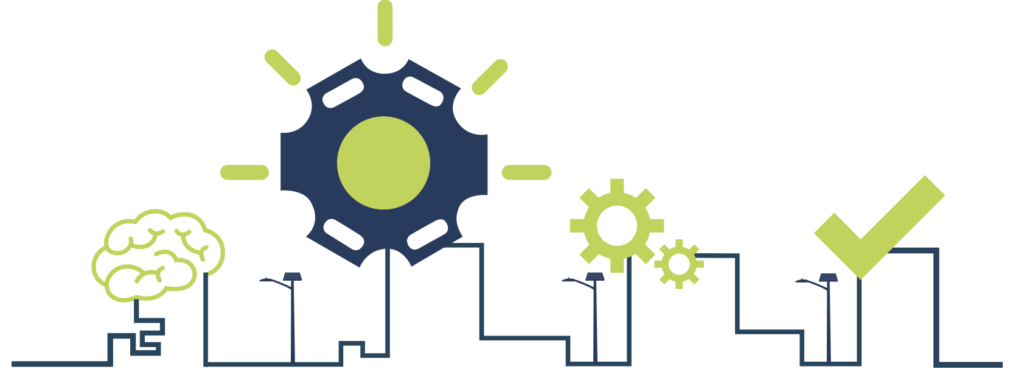
APPROACH 2: Process Driven “Value” Based
- Buying decision drivers: Education and empowerment
- Pricing model: Value-driven. Understanding that the true cost of lighting is the ongoing electrical and maintenance costs, not the cost of the fixture. Follow assurance backed processes to reduce electrical consumption, while meeting defined light levels over a long period of time.
- Process: Define light levels to be met over a given timeframe. Follow assurance backed processes, including photometric design to validate performances prior to and after implementation (engineer the solution). Focus on what is actually required for the environment. Then Fixture recommendations and spec sheets are provided for the intended space(s).
- Photometric/Simulation tested prior to fixture installation for no-surprises or rework to maximize efficiency, safety and productivity.
- The Result: Successfully achieving peace of mind and the “sweet spot” for a super-efficient, long lasting, appropriate and cost-competitive solution.
MARKETS SERVED
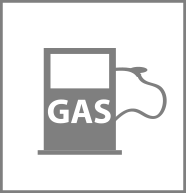 OIL, GAS, MINING
OIL, GAS, MINING
CONXCORP has the most global experience in advanced lighting design for the oil, gas and mining industry that focuses on optimization for improved performance and cost reduction.

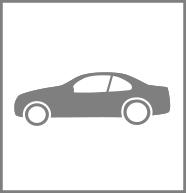

 ROADWAY
ROADWAY
When driving, split second decisions have to be made. Night time driving needs to be enhanced using artificial lighting that is comfortable and glare-free for any road condition. Keeping lighting on the road surface where it is most needed versus spillover into homes, etc. (i.e. light trespassing) is a design challenge that demands the best in fixture technology, optics and design capability.
 SPORTS FACILITIES
SPORTS FACILITIES
Sporting facilities must cater to athletes, spectators and staff, concurrently. Lighting is an important consideration for these facilities as visibility is important. There are often special requirements for televised events. Lighting must be durable, low glare and appropriate to support high energy activities.
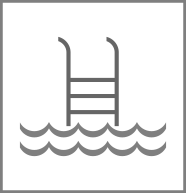 HOSPITALITY & RESORTS
HOSPITALITY & RESORTS
Lighting accentuates architecture and decor maximizing your guest experience by creating a space that is relaxing or exciting, setting the mood for memorable getaways. Ranging from motels, hotels, amusement parks to ski resorts, CONXCORP has countless lighting solutions to fit your operation and budget.
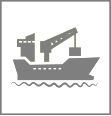 PORTS
PORTS
Ports are the gateways for people and products. They are active, busy, and diverse and must be constantly maintained. Lighting needs vary but all need to be practical and reliable.
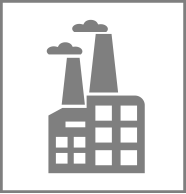
MANUFACTURING
Manufacturing relies on precision, productivity and safety. Lighting has a direct impact on these key elements and must be designed and implemented with these in mind.
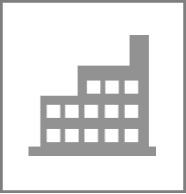 WAREHOUSE
WAREHOUSE
Warehousing and logistics is all about organization and visibility. Lighting directly supports this vertical. Lighting needs to be functional, practical and intelligent.

EDUCATION
Learning facilities require careful balance to create an environment that promotes a heightened sense to learn, yet comfortable for long duration’s of class and lab work. CONXCORP can deliver the solution that works for detailed tasks from handwriting to computer interfacing.

SHOWROOMS
Showrooms are a competitive space, where customer draw, brand loyalty and retention are crucial for continued success. Every element is completely dependent on lighting, starting with the finishes, furniture, store fixtures, to the merchandise displayed.
 HEALTH CARE
HEALTH CARE
Health care balances functionality and safety, ensuring health needs are properly satisfied. Extra precautions are taken to ensure lighting is reliable and does not contribute to any potential health hazards. Lighting must work, it must be reliable and must meet strict regulations.

AUTOMOTIVE
Automotive showrooms and lots are designed to capture the customer’s attention. Every element is completely dependent on lighting, and must be designed with this in mind.

PARKS AND RECREATION
Parks and Recreation facilities are diverse and unique. Indoor and outdoor facilities cater to the general public and need to balance amenities with safety and aesthetics. Lighting is a key requirement to support these facilities and contribute to their experience and safety.
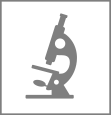
LABORATORIES
Clean, sterile, and accurate, laboratories have a heightened requirement for perfection. Lighting is mandatory to ensure nothing is missed.
 SERVICE CENTER
SERVICE CENTER
Convenient, safe access is crucial for service centers. At the same time, they need to be inviting and appealing. Often times, hazardous fumes necessitate that lighting has heightened safety requirements.
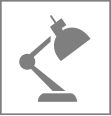 TASK
TASK
Task lighting is a mandatory part of many activities. Bringing functional light to task areas is often critical and requires special attention that it does not detract from the task at hand.
 AGRICULTURE
AGRICULTURE
Agriculture and livestock has a direct response and dependency on lighting. Lighting helps increase production, reduces aggression in livestock and when designed properly contributes to a positive environment resulting in higher yields and well-being.
